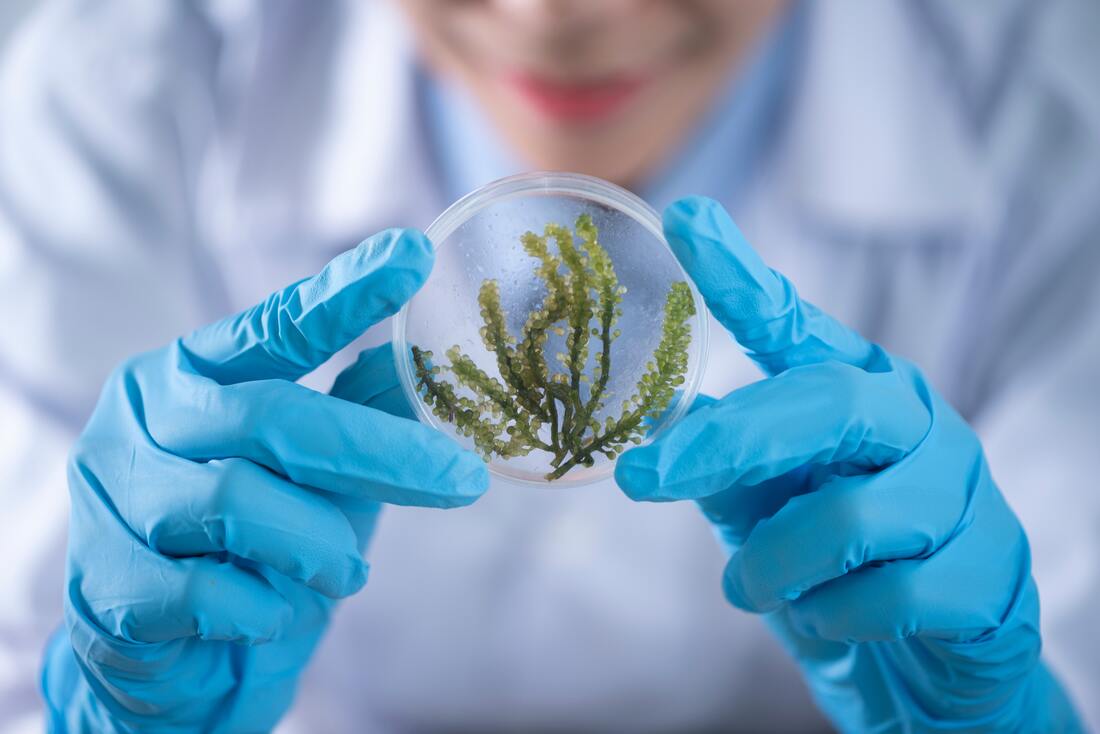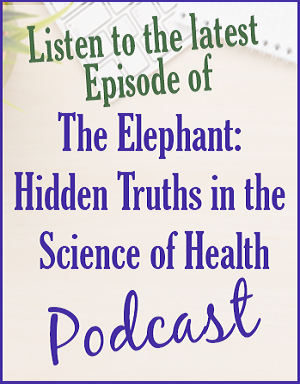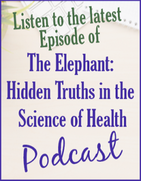Larry A. Law
Piggy Sooy
One of the latest bioengineered (GMO) fake foods is a soybean genetically engineered to contain pig protein. It is called Piggy Sooy. You really can't make this stuff up! Pig genes are spliced into conventional soy to create a soybean with 27% animal protein. Moolec is the company in the United Kingdom that developed Piggy Sooy. They are also working on a pea plant that produces beef protein. The company advertises that these transgenic hybrids will provide similar taste, texture, and nutritional value as meat. The benefit claimed is that they don't have the high cost associated with lab-grown (cultured) meat alternatives.
Meat Glue
As reported in The Epoch Times, "At one time, transglutaminase was manufactured entirely from the clotting agent extracted from pig or cow’s blood. Now, it’s typically made by cultivating bacteria to do the job. Most of the meat glue supplied to the food industry comes from none other than Ajinomoto—the company that brought MSG to America. What meat glue does is to allow restaurants and manufacturers to get away with one of the most devious forms of food fakery. Meat glue is used to “fake a steak.” By sprinkling the enzyme on various scrap pieces of meat, chicken, or seafood, and then binding it tightly in plastic wrap and refrigerating it for several hours, you can turn out a picture-perfect filet mignon, solid piece of chicken, or a top-dollar-looking filet of fish. The fake food industry has also found use for meat glue in a product bizarrely called “JUST Egg,” something that contains no trace of eggs. But along with brain-damaging amino acids, you will find transglutaminase listed on the JUST Egg label—yet another excellent reason to read food ingredients carefully no matter what brand names the products are given."
Laboratory-created Meat
On June 21, 2023, the U.S. Department of Agriculture (USDA) approved cell-cultivated chicken from Good Meat and Upside Foods. Both companies will be selling their synthetic chicken to high-end restaurants across America, while they work to scale up production. The chicken meat is grown from stem cells in a bioreactor with hundreds of iterations of chemical processing and culturing. Friends of Earth, an environmental grassroots group, noted that the trend towards synthetic biology continues more and more. Corporations are creating radically different, alternative meats. These are ultraprocessed foods. They warned: "Various 'processing aids' are employed to make some of these products, including organisms (like genetically engineered bacteria, yeast and algae) that produce proteins, and chemicals to extract proteins. For example, chemicals like hexane are used to extract components of a food, like proteins (from peas, soy, corn, etc.) or compounds (from genetically engineered bacteria) to make xanthan gum ... disclosure of these ingredients is not required. Other processing aids (e.g. bacteria, yeast, algae), including those that are genetically engineered to produce proteins, are also not currently required to be disclosed on package labeling. The lack of transparency makes it difficult to assess the inputs and impact of their use."
Gene Editing—CRISPR-Cas9—Has Significant Problems
In my book, There's An Elephant in the Room—Exposing Hidden Truths in the Science of Health (pages 35-36), I discuss the problems associated with the gene manipulating tool called Clustered Regularly Interspaced Short Palindromic Repeats (CRISPR). As reported by GMWatch in June 2023, researchers stated, "Recent scientific findings have revealed chromothripsis-like effects after the application of CRISPR/Cas gene editing in the genome of tomatoes ... Chromothripsis refers to a phenomenon in which several hundred genetic changes occur simultaneously in one catastrophic event. Many sections of the genetic material can be swapped, recombined, or even lost if this occurs ..." This same catastrophic cascade of gene swaps, recombination, and loss also occurs in animal and human cells in response to the gene editing tool. Those who promote gene editing stress that this technology is far more precise than natural breeding, but that is not true. Precision does not assure that scientists get the desired changes. It doesn't guarantee safety because hundreds of unintended genetic changes can occur in a single alteration and unintended genetic rearrangements can easily cause: 1) alteration of the biochemistry in the plant or animal; 2) production of new toxins; 3) production of new allergens. Europe has always had more stringent regulations governing gene edited plants, while the U.S. has had none. The U.S. treated GMOs the same as conventional crops. With a typical forked-tongue, U.S. regulatory agencies declared that, while GMO food was unique enough to warrant a patent, it wasn't different enough to require additional testing and safety than conventional food. Only the government can have their cake and eat it too. Unfortunately, Europe is now seeking to become more like the U.S. They are in the process of deregulating new genetically engineered plants. This will leave them in the same situation as the U.S.—no protection from bioengineering and no long-term safety testing. For more information, a great book documenting the science behind food that isn't food is written by British author, Chris Van Tulleken and is titled Ultra-Processed People. Scientists have developed altered, laboratory-created molecules (modified starches, hydrolysed protein isolates, seed oils (refined, bleached, deodorized, hydrogenated, interesterified), stabilizing gums (xanthan, guar, carrageenan, etc.), synthetic emulisifiers, low-calorie sweeteners, dyes/color stabilizers, flavor compounds, firming and bulking agents, reconstituted milk, glycerine, etc.) to mimick and replace the more expensive, traditional real-food elements (fats, protein, carbohydrates). This ultra-processed food (UPF), fake food currently represents 60% of the average diet in the US and UK. UPF is the hidden culprit behind the epidemic of obesity and disease. Increasing the intake of UPF by 10% is associated with a 10% increase risk of cancer, 25% increase risk of dementia and a 14% increase risk of Alzheimer's disease. Clearly, UPF is not only addictive, but extremely harmful. However, our food labeling and nutritional guidelines completely ignore this aspect of our food.
0 Comments
Leave a Reply. |
BlogArchives
July 2024
Categories
All
|
© Angie's Option GRM. All rights reserved.








 RSS Feed
RSS Feed

